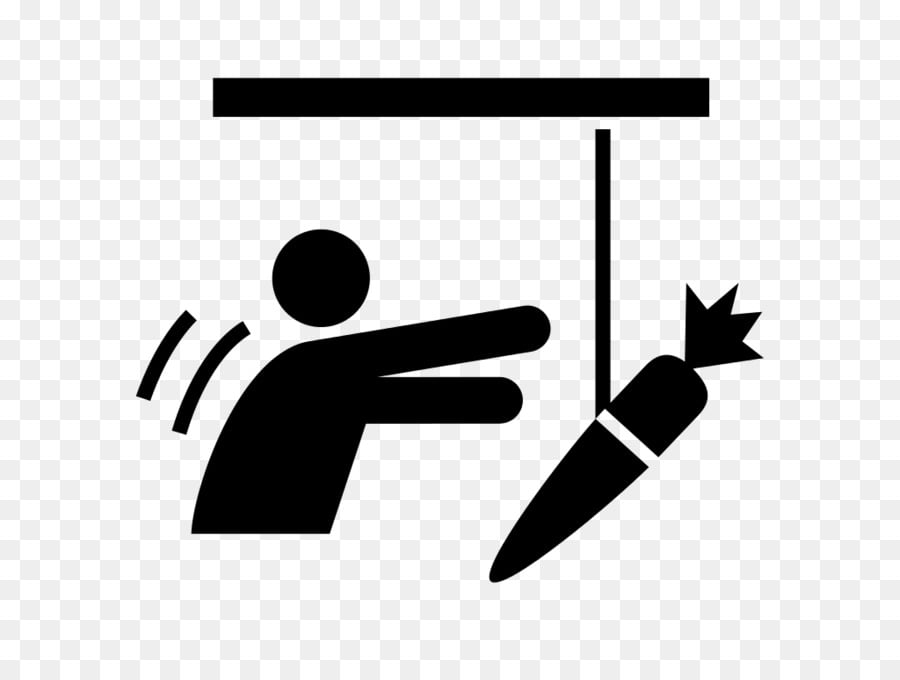Strategic Pricing Optimization: A Roadmap to Maximizing Profitability
Profit maximization is paramount for any business. Strategic pricing optimization is a powerful tool to achieve this, transforming your pricing strategy from a reactive measure to a proactive engine for growth. This comprehensive guide delves into the key elements of effective pricing optimization, providing actionable strategies and expert insights to elevate your profitability.
1. Understanding Your Cost Structure: The Foundation of Profitable Pricing
Before crafting your pricing strategy, a thorough understanding of your costs is essential. This involves meticulously identifying both direct costs (raw materials, labor, direct manufacturing expenses) and indirect costs (rent, utilities, administrative expenses). Accurate cost analysis reveals your break-even point, establishing the minimum price required to cover expenses and generate profit. Consider using cost accounting methods to ensure precise cost allocation and identification of areas for potential cost reduction.
2. Competitive Landscape Analysis: Benchmarking and Differentiation
Competitive analysis is critical. Thoroughly research your competitors' pricing strategies, examining their product offerings, pricing models, and overall market positioning. This analysis reveals market pricing benchmarks and helps identify opportunities for differentiation. Consider factors like competitor strengths, weaknesses, target market, and overall market share to inform your pricing decisions. Remember, undercutting might be necessary in some cases, but only when it aligns with your overall business strategy and ability to absorb potential losses.
3. Value-Based Pricing: Emphasizing Customer Perception
Move beyond cost-plus pricing. Value-based pricing centers on the perceived value your products or services offer to customers. This approach assesses customer needs, preferences, and willingness to pay, allowing you to align your pricing with the unique benefits and solutions you provide. High-value offerings justify premium pricing; focus on showcasing what makes your product superior in the marketplace.
4. Dynamic Pricing: Adapting to Market Fluctuations
In today's dynamic marketplace, static pricing is often insufficient. Dynamic pricing involves adjusting prices in real-time based on factors like demand, seasonality, competitor actions, and even time of day. This strategy, successfully employed by industries like airlines and hotels, leverages market opportunities and optimizes revenue streams. Implementing dynamic pricing requires robust data analytics capabilities and a clear understanding of the factors influencing demand.
5. Strategic Bundling: Enhancing Value and Driving Sales
Bundling related products or services at a discounted price is a highly effective strategy. This increases the perceived value for customers while boosting average order value. Carefully curate bundles that appeal to your target market's needs, ensuring that the bundled price is attractive while still maintaining profitability.
6. Psychological Pricing: Leveraging Behavioral Economics
Psychological pricing taps into consumer psychology, influencing purchase decisions. Pricing strategies like charm pricing ($9.99 instead of $10) or price anchoring leverage cognitive biases to drive sales. Understand the nuances of these techniques to maximize their impact on purchasing behavior.
7. Price Discrimination: Tailoring Prices to Customer Segments
Price discrimination involves charging different prices to various customer segments based on their willingness to pay. This requires careful segmentation and an understanding of the different price sensitivities within each segment. This strategy is most effective when used ethically and transparently.
8. Strategic Discounting and Promotions: Driving Sales Without Sacrificing Profit
Discounts and promotions can be powerful sales drivers, but must be implemented strategically. Limited-time offers, loyalty programs, and targeted discounts can boost sales without significantly impacting profitability. Analyze the impact of each promotion to assess its effectiveness and make data-driven adjustments.
9. Continuous Monitoring and Adjustment: The Agile Pricing Approach
Pricing optimization is an ongoing process, not a one-time event. Continuously monitor market trends, customer feedback, competitor pricing, and key performance indicators (KPIs). Regular adjustments ensure your pricing remains competitive and profitable.
10. Leveraging Technology and Data Analytics: Data-Driven Decision Making
Modern pricing optimization relies heavily on data. Utilize pricing software, data analytics platforms, and CRM systems to gather insights and make data-driven decisions. These tools enable you to identify trends, patterns, and opportunities for pricing optimization, maximizing your profitability.
11. A/B Testing: Experimentation for Optimized Results
A/B testing allows for the comparison of different pricing strategies, enabling data-driven decisions on the most effective approach. Experiment with different pricing models, structures, and promotional offers to identify the strategies that resonate most with your target audience.
12. Key Performance Indicator (KPI) Monitoring: Measuring Success
Track key metrics such as profit margin, revenue growth, customer acquisition cost, and customer lifetime value. These KPIs provide valuable insights into the success of your pricing strategies and help identify areas for improvement.
13. Collaboration with Pricing Experts: Seeking External Expertise
Consider seeking the expertise of pricing consultants or attending industry conferences and workshops. External perspectives can provide valuable insights and help unlock new opportunities for pricing optimization.
14. Continuous Innovation: Adapting to Evolving Markets
The marketplace is constantly evolving; therefore, your pricing strategies must adapt. Explore innovative pricing models, experiment with new approaches, and respond proactively to market shifts. Continuous innovation is vital for sustained long-term profitability.
Conclusion: Embracing Strategic Pricing Optimization for Lasting Success
Strategic pricing optimization is a journey, not a destination. By understanding your costs, analyzing the competitive landscape, implementing dynamic pricing, and continuously monitoring your results, you can unlock significant opportunities for profit maximization. Embrace this proactive approach, and watch your business thrive.




